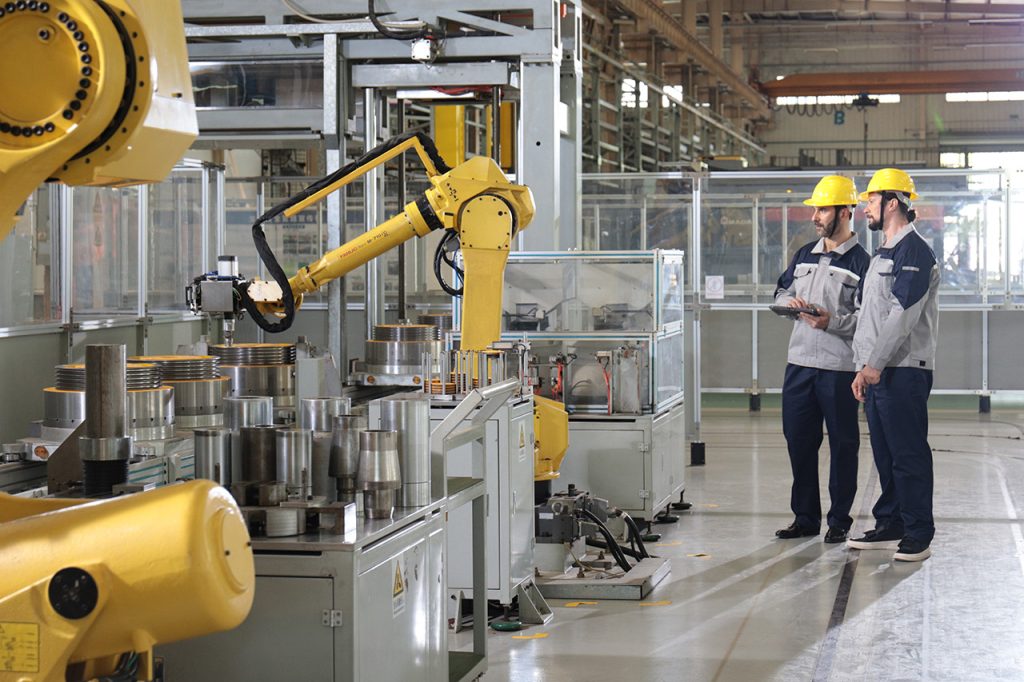
Managed print services (MPS) is not just a cost reduction tool, it’s a strategy to revolutionize the flow of print and digital information throughout your enterprise. Many businesses are seeking meaningful strategies to reduce overhead expenses without undermining productivity.
Do you know how much you spent on print associated costs last year? If you don’t know, you aren’t alone. You’ll be relieved to know that 90% of companies don’t know how many printers they have in their office or how much they spend on print. However, through optimizing your office printing environment, you can cut your expenses without negatively impacting productivity. Here’s how:
Manage Expenses
According to Gartner Group, office printing consumes 1-3% of a company’s annual revenue – this means that a $10 million company will spend between US$100,000-$300,000 on document output per year. But, what makes print expenses so high?
Each office is different and for that reason, efficient MPS programmes are customized in order to suit the specific needs of each office. However, here are some common expenses that contribute to increased costs which are overlooked by many companies:
Colour Printing
Colour prints costs 5-10 times more than black and white prints.
Multiple Vendors
Many companies do not know how much they are spending on office printing. This is due to the fact that costs for supplies, service, hardware, and support are buried across multiple budget lines.
Device Downtime
Without identifying which printing devices are inefficient, your maintenance fee expenses will increase and affect your employee productivity.
Ink and Tone Consumption
According to Amazon, black printer ink costs range from US$20US to US$40 per cartridge, and colour ink cartridges cost range from US$25 to US$50. However, exact prices per cartridge depend on the brand and cartridge size.
Document Workflow
The average office worker consumes 10,000 pages per year, the equivalent of 60% of a tree. This turns out to be an average cost of US$725.
What’s the Solution?
Through an MPS programme, trained technicians will visit your office to assess your current printing facilities and provide recommendations for an improved printing environment. This includes ensuring that the right equipment is implemented, eliminating unneeded printers, replacing inefficient devices, and placing print equipment in an easily accessible area for groups of employees. Additionally, you will be able to consolidate your costs which will provide you with a consistent monthly investment, thereby eliminating any maintenance surprises and unpredictable printing costs altogether.
Minimise Your Carbon Footprint
Did you know that printers are some of the biggest consumers of electricity in the office?
Printers and copiers also consume a substantial amount of electricity since they use heat during the printing process.
Conjointly, printer supplies can also have a significant environmental impact. It takes three quarts of oil to produce the average printer cartridge . Not to mention, if not recycled, the cartridge takes over 1,000 years to decompose in a landfill.
What’s the Solution?
With an MPS programme, you will have the ability to implement a strategy that will decrease your company’s environmental footprint. Reducing paper does not only reduce the amount of trees consumed by your company, it also helps control the cost of paper. By applying the following steps at your office, you can start reducing paper usage immediately:
- Use two-sided printing;
- Print only the pages you need from large documents; and
- Provide documents trhough digitally formats such as pdf and eBooks
Additionally, you can reduce electricity usage by:
- Using your printer’s sleep settings when not in use;
- Savings up batches of copying and completing it in one go; and
- Using the draft output print option for in-house use
Increase Productivity
Another reason why your business needs MPS is to increase your office’s productivity. Printer service distracts IT departments from critical initiatives like security updates, system upgrades, and strategic IT projects. In addition, inefficient and ageing printers are prone to breakdown, which impedes office effectiveness. Further, the neglect of proper preventative maintenance not only leads to disrupted workflow, it also shortens the usable life expectancy of your printers.
What’s the Solution?
An efficiently implemented MPS strategy will boost productivity and facilitate the following:
- Replacement of inefficient devices – Underperforming machines will be identified and replaced.
- Streamlining printer placement – After the assessment, printing equipment will be placed in easily accessible areas for groups of employees.
- Automated supply delivery – With an MPS programme, your printing devices’ toner cartridges will be monitored and shipment of toners will be automated.
- Training for Employees – Employees will be trained on the new technology and help desk support will be provided for printing issues.
- Managed remote printing – By implementing mobile printing in your MPS programme, achieved by installing software on your network, your MPS provider will be able to detect any issues before anyone in your office even realizes they exist.
Sources
RMC. Shocking Office Printing Stats You Need to Know!





